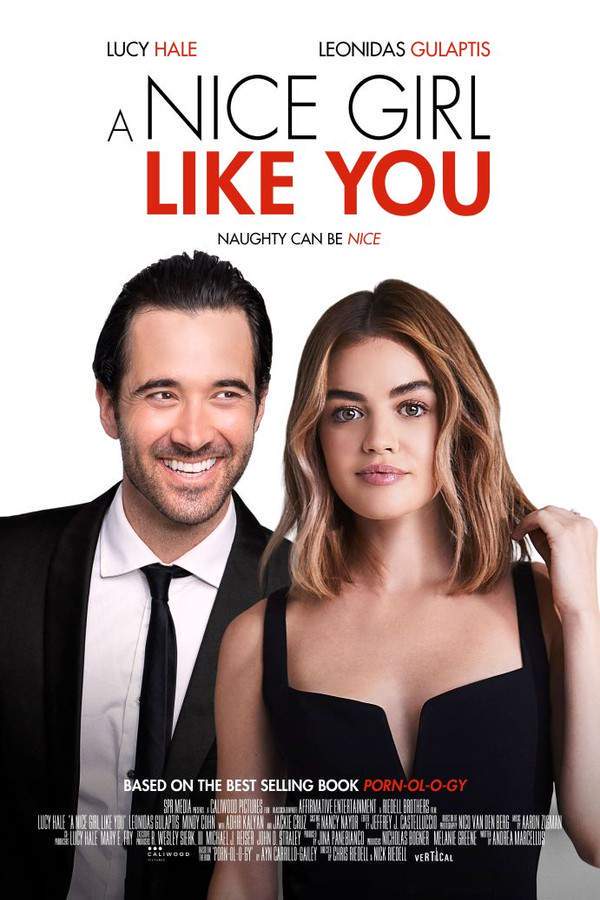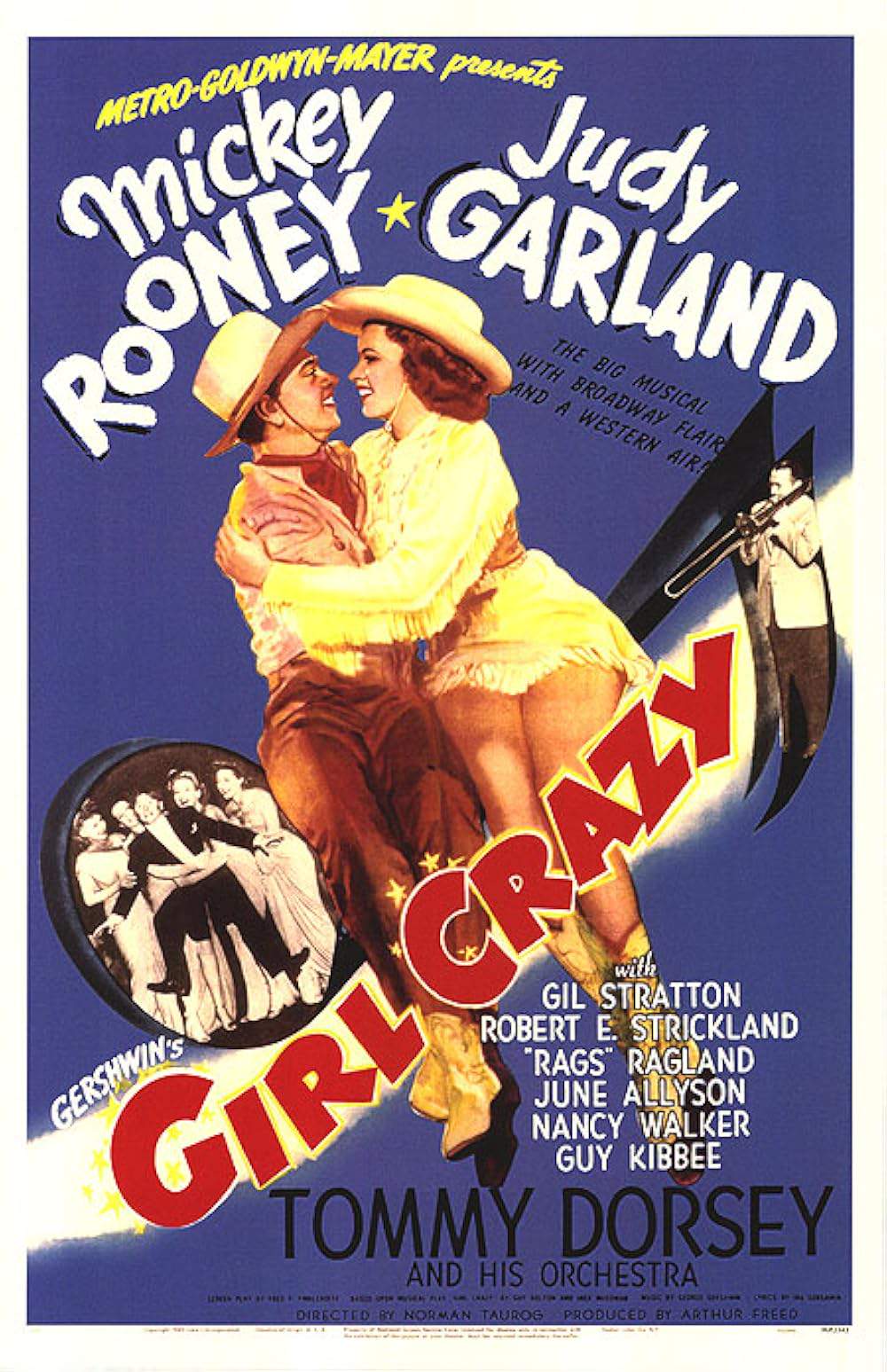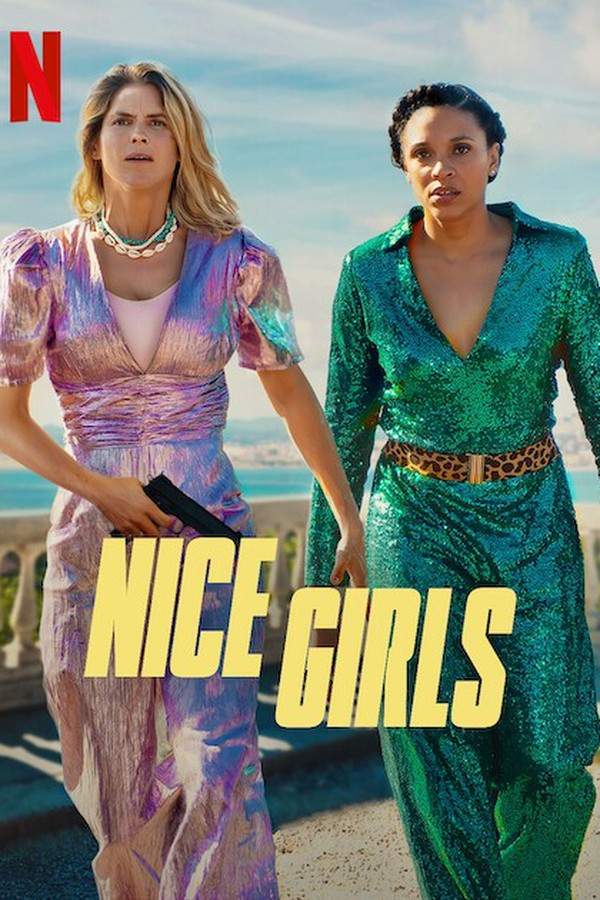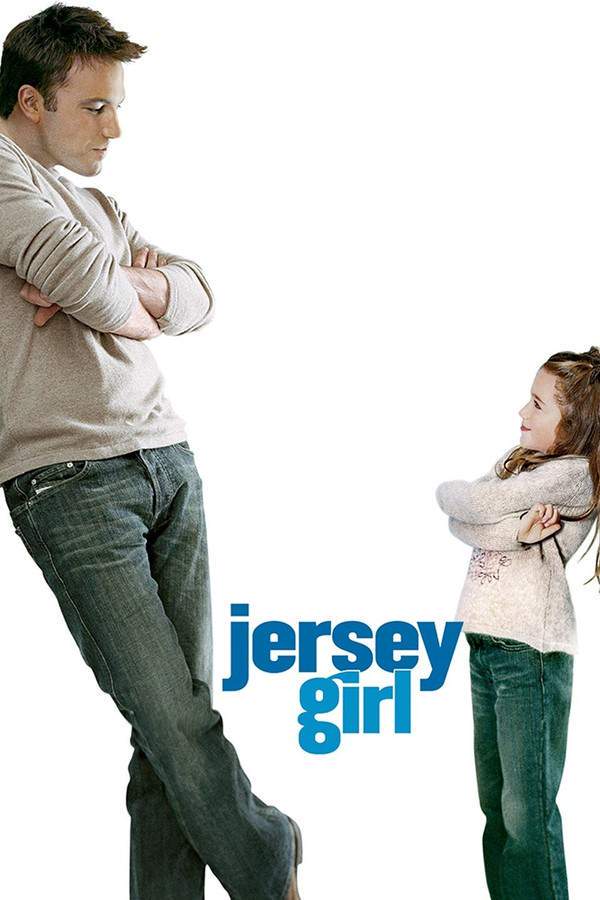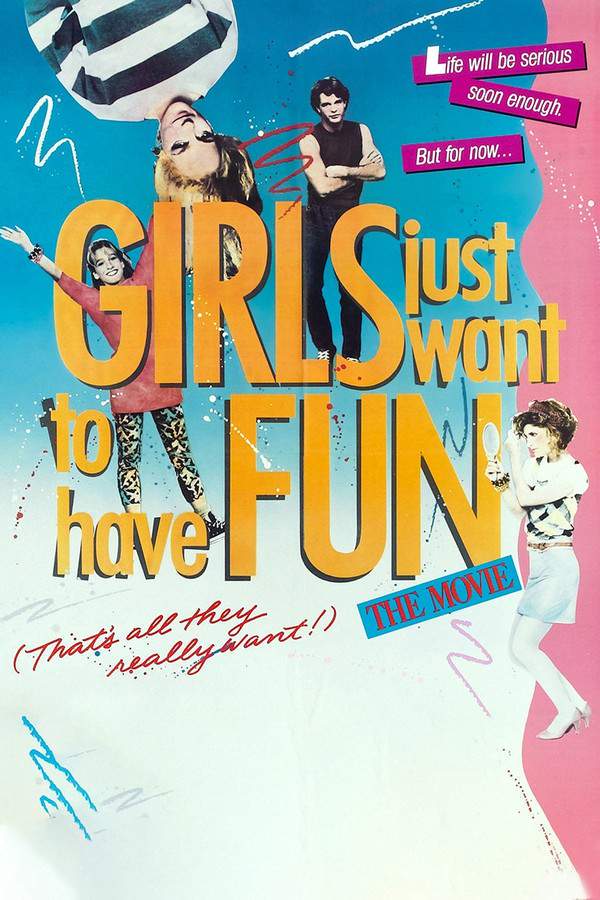
Nice Girl?
Year: 1941
Runtime: 91 mins
Language: English
Director: William A. Seiter
Jane, known as the nice girl, has long admired a young man whose passion for his hand‑built car leaves little room for romance. When an associate of her father's arrives in town en route to study Australian Aboriginal tribes, Jane decides to abandon her wholesome image and pursue a more daring path, stirring gossip and complicating her romantic dilemma.
Warning: spoilers below!
Haven’t seen Nice Girl? yet? This summary contains major spoilers. Bookmark the page, watch the movie, and come back for the full breakdown. If you're ready, scroll on and relive the story!
Nice Girl? (1941) – Full Plot Summary & Ending Explained
Read the complete plot breakdown of Nice Girl? (1941), including all key story events, major twists, and the ending explained in detail. Discover what really happened—and what it all means.
The busybody postman Hector Titus winds his way through the Dana household, delivering mail and, more than once, catching the affection he hides for Cora Foster, the loyal maid who has captured his heart. At the head of the home is Oliver Dana, a patient professor who juggles family life with a book project about diet that he tests on rabbits. The Dana sisters fill the house with energy: Sylvia Dana is the eldest and a rising actress, Jane ‘Pinky’ Dana is the middle sister who wants to shed her “nice girl” image, and Nancy Dana is the youngest, a flirt who sets the social gears in motion. Rounding out the circle is Jane’s boyfriend, a car enthusiast named Don Webb.
When Richard Calvert arrives to study Dana’s rabbit experiments, the three sisters fall hard for him, instantly competing for his attention. The family comes together as Jane sits at the piano and performances fill the room; the moment is underscored by a gentle ensemble with [Oliver Dana] on the keys, and the others lending their voices. Jane’s voice introduces the song Beneath the Lights of Home, a moment that showcases the warmth and charm of the household, while the rabbit-filled setting foreshadows the blend of satire and sentiment that threads through the story. The mood lightens into a Fourth of July celebration, where Oliver delivers a spirited speech, and after a bit of dancing, Jane performs Old Folks at Home, a moment that cements the family’s affection and the town’s attention on their goings-on.
The plot takes a cheeky turn when Don lends Jane his car to escort Richard to the train station, but she decides to press her luck and drives him to New York. While there, she changes into clothes that belong to Richard’s sister and sits at a piano to perform Love at Last. Richard discovers that she is not simply playing the “nice girl” game; the moment is more about flirtation and intention than about genuine change, and she returns home wearing Richard’s sister’s pajamas. The trip leaves the town buzzing with rumors, and Jane, overwhelmed, locks herself in her room until a telegram arrives from Richard, offering a glimmer of hope and confusion in equal measure.
To face the consequences, Jane heads to a benefit for the International Red Cross and Red Crescent Movement. On stage, she performs Beneath the Lights of Home again, while the crowd offers congratulatory remarks that she initially mistakes as insincere, thinking that everyone assumes she and Richard are engaged. Don, ever steadfast, reassures her that the romance isn’t a joke, and the two share a quiet kiss offstage, leaving the rest of the world to gossip in the background. The program culminates with Jane stepping out onto a bandstand to sing Thank You America for the soldiers gathered at the Army base, a moment that blends patriotism with the movie’s lighthearted romance.
As the play within the film progresses, Don’s enlistment adds a note of earnestness to the comedy, while Oliver’s confusion about the supposed engagement slowly fades as the truth about the social rumors is teased out. The family remains a cohesive unit, balancing humor, music, and affection, and leaving the door open for misadventure and reconciliation in equal measure. The film ends on a note of celebration and uplift, with the Dana household continuing to navigate the delicate dance of love, reputation, and performance in a world where songs and schemes frequently intertwine.
Last Updated: October 05, 2025 at 11:38
Unlock the Full Story of Nice Girl?
Don't stop at just watching — explore Nice Girl? in full detail. From the complete plot summary and scene-by-scene timeline to character breakdowns, thematic analysis, and a deep dive into the ending — every page helps you truly understand what Nice Girl? is all about. Plus, discover what's next after the movie.
Nice Girl? Timeline
Track the full timeline of Nice Girl? with every major event arranged chronologically. Perfect for decoding non-linear storytelling, flashbacks, or parallel narratives with a clear scene-by-scene breakdown.

Similar Movies to Nice Girl?
Discover movies like Nice Girl? that share similar genres, themes, and storytelling elements. Whether you’re drawn to the atmosphere, character arcs, or plot structure, these curated recommendations will help you explore more films you’ll love.
Explore More About Movie Nice Girl?
Nice Girl? (1941) Scene-by-Scene Movie Timeline
Nice Girl? (1941) Movie Characters, Themes & Settings
Nice Girl? (1941) Spoiler-Free Summary & Key Flow
Movies Like Nice Girl? – Similar Titles You’ll Enjoy
A Nice Girl Like You (2020) Plot Summary & Ending Explained
Good Girl Jane (2022) Movie Recap & Themes
Play Girl (1941) Detailed Story Recap
Girl Crazy (1943) Story Summary & Characters
My Girl (1991) Detailed Story Recap
Nice Girls (2024) Ending Explained & Film Insights
Nobody’s Darling (1943) Complete Plot Breakdown
Dream Girl (1948) Ending Explained & Film Insights
Beat Girl (1960) Story Summary & Characters
Jersey Girl (2004) Movie Recap & Themes
Janie (1944) Full Movie Breakdown
Jersey Girl (1992) Spoiler-Packed Plot Recap
Devoted to You (1986) Spoiler-Packed Plot Recap
Girls Just Want to Have Fun (1985) Full Summary & Key Details
My Little Girl (1986) Detailed Story Recap



